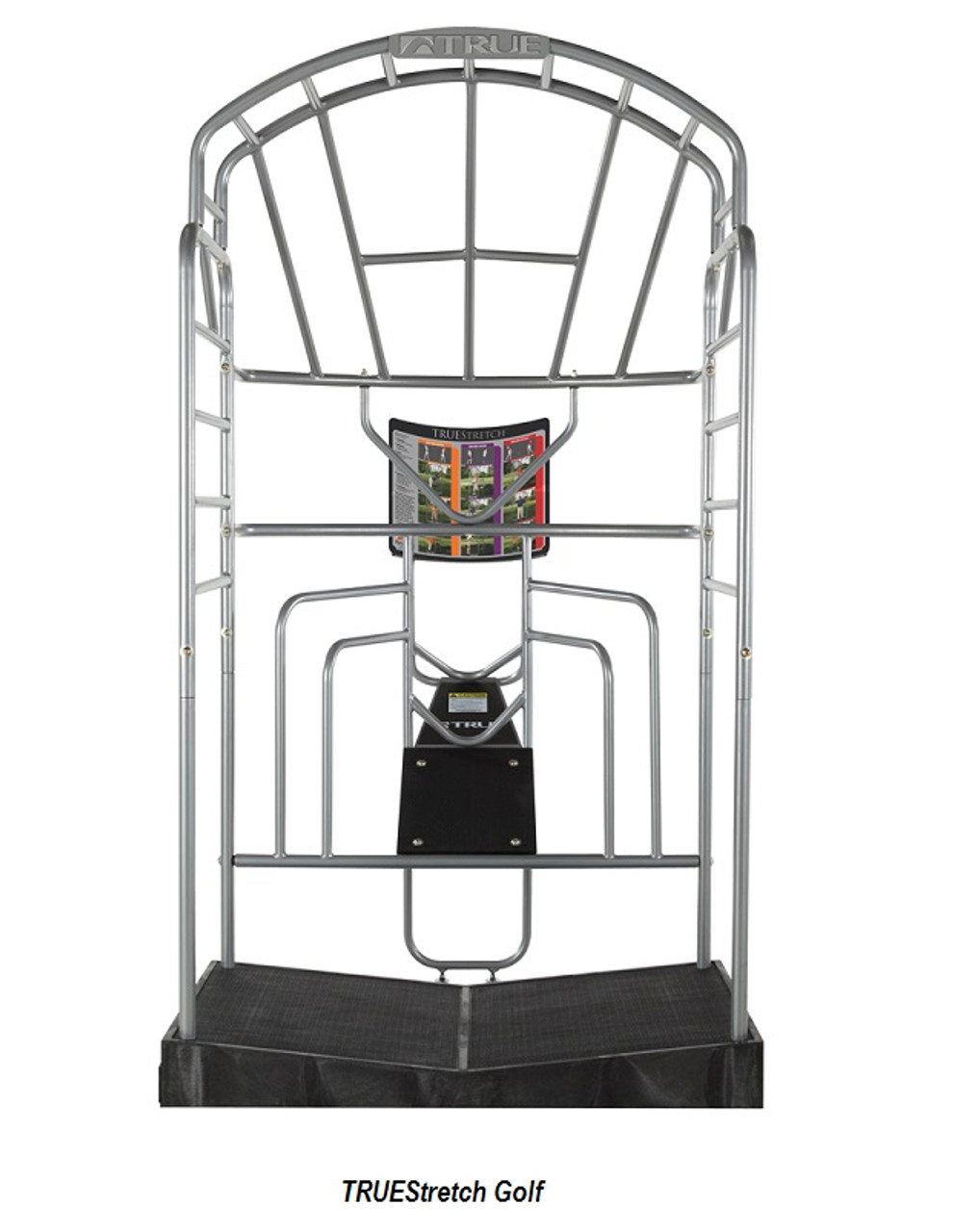

This is not to say that nearly identical amino acid sequences always fold similarly. The essential fact of folding, however, remains that the amino acid sequence of each protein contains the information that specifies both the native structure and the pathway to attain that state. The amino acid composition is not as important as the sequence. The specific amino acid residues and their position in the polypeptide chain are the determining factors for which portions of the protein fold closely together and form its three-dimensional conformation.

The primary structure of a protein, its linear amino-acid sequence, determines its native conformation. Process of protein folding Primary structure 4.2 Energy landscape of protein folding.4 Computational studies of protein folding.3.7 Studies of folding with high time resolution.3.5 Protein nuclear magnetic resonance spectroscopy.3.4 Vibrational circular dichroism of proteins.3 Experimental techniques for studying protein folding.2 Protein misfolding and neurodegenerative disease.Understanding and simulating the protein folding process has been an important challenge for computational biology since the late 1960s. Time scales of milliseconds are the norm and the very fastest known protein folding reactions are complete within a few microseconds. On the other hand, very small single- domain proteins with lengths of up to a hundred amino acids typically fold in a single step. When studied outside the cell, the slowest folding proteins require many minutes or hours to fold primarily due to proline isomerization, and must pass through a number of intermediate states, like checkpoints, before the process is complete. The duration of the folding process varies dramatically depending on the protein of interest. It happens in cooking, in burns, in proteinopathies, and in other contexts. ĭenaturation of proteins is a process of transition from the folded to the unfolded state. Many allergies are caused by incorrect folding of some proteins, because the immune system does not produce antibodies for certain protein structures. Several neurodegenerative and other diseases are believed to result from the accumulation of amyloid fibrils formed by misfolded proteins, infectious varieties of which are known as prions. Failure to fold into native structure generally produces inactive proteins, but in some instances misfolded proteins have modified or toxic functionality. The correct three-dimensional structure is essential to function, although some parts of functional proteins may remain unfolded, so that protein dynamics is important. The resulting three-dimensional structure is determined by the amino acid sequence or primary structure ( Anfinsen's dogma). Amino acids interact with each other to produce a well-defined three-dimensional structure, the folded protein (the right hand side of the figure), known as the native state. As the polypeptide chain is being synthesized by a ribosome, the linear chain begins to fold into its three-dimensional structure.įolding of many proteins begins even during translation of the polypeptide chain. At this stage the polypeptide lacks any stable (long-lasting) three-dimensional structure (the left hand side of the first figure). Each protein exists first as an unfolded polypeptide or random coil after being translated from a sequence of mRNA to a linear chain of amino acids.

Via an expeditious and reproducible process, a polypeptide folds into its characteristic three-dimensional structure from a random coil. Protein folding is the physical process by which a protein chain is translated to its native three-dimensional structure, typically a "folded" conformation by which the protein becomes biologically functional.


 0 kommentar(er)
0 kommentar(er)
